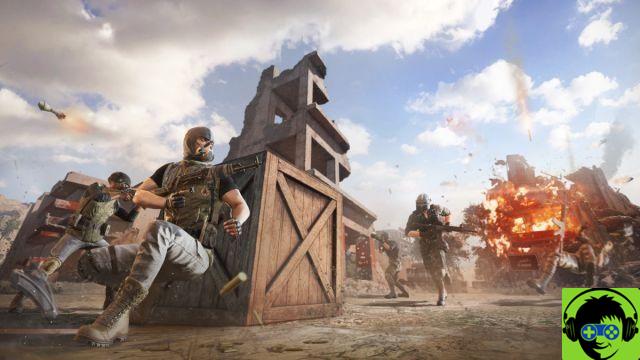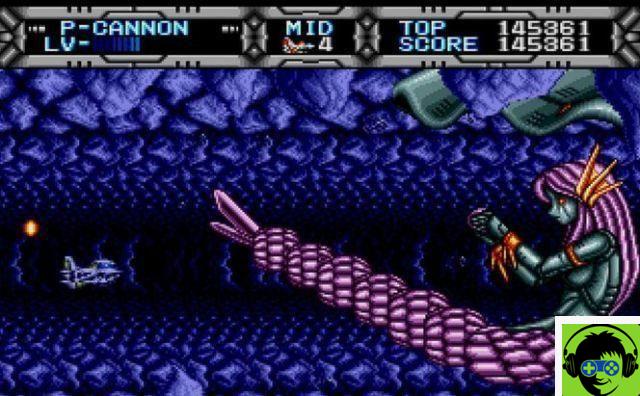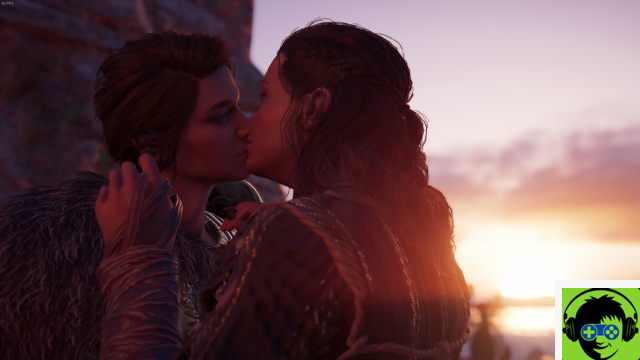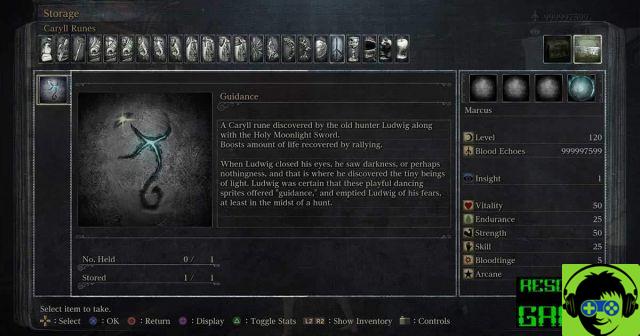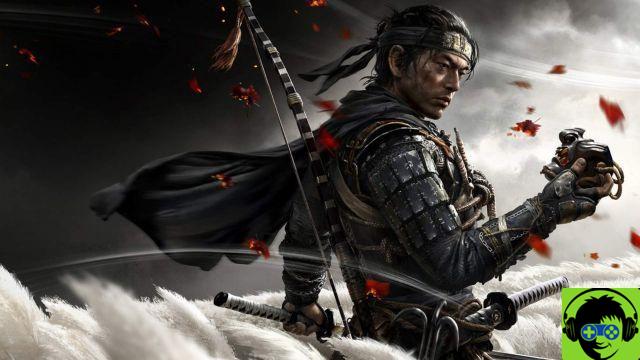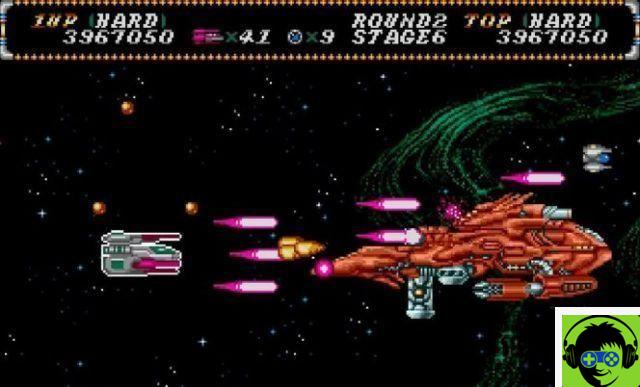
One of the biggest news of Assassin’s Creed 3 are the naval battles ... yes if in the previous chapters we did some gondola rides this time we will be driving the Aquila and we will embark on a series of adventures on the open sea. The ship bears the name of Aquila as well as the constellation to which the star called Altaïr belongs. In turn, the name Altaïr comes from Arabic and means "flying eagle".
"Naval missions are complex memories that revolve around navigation and naval combat aboard the Aquila, but they also tell stories that are linked to Connor's events on the mainland. The Corsair Missions are shorter memories in which the Aquila and its crew have to defeat enemy fleets to accomplish different objectives. Both types of mission can be started from the east coast map, interacting with Robert Faulkner at the Estate or with a port in the other areas".
Before we started your battles, we thought it was necessary to have some guidelines that could help you in this new adventure.
- The curved bar to the left of the minimap represents the integrity of the Aquila. The collisions with rocks and other ships, cannon shots and tidal waves suffered without preparation cause damage. All your earnings from the Estate's activities, you can invest them to upgrade the ship throughout history. Once you reach sequence 6, you can either go to Robert Faulkner - who is at the Aquila's dock - or go to one of the docks to buy upgrades. Be careful, though, because the Aquila's health bar can't fill up when you're at sea, even if the crew makes repairs between missions.
- The crew is not only part of the setting, but offers valuable advice. They warn you when you are in danger of a collision or when you have to hold on to an otherwise lethal tack. Even when your attention is focused on a specific target, the crew has an overview of everything that happens around the Aquila...so don't underestimate their advice.
- On board the ship, at your side you will find Robert Faulkner, who offers useful advice in case of storm winds and abnormal waves and warns the captain when sailing against the wind.
- Two men on the right and left flanks are the gunnery officers. They will warn you when the cannons are ready to fire and will protest if you ask them to use a broadside or rotating cannons when they are still loading.
- Sailing with sails unfurled allows you to go faster, but reduces manoeuvrability.
- Sailing with half sails allows you to steer the Aquila better while travelling at reduced speed.
- Storm winds push the ship and make it virtually impossible to sail with unfurled sails. Also, in the case of a starboard storm wind, if you move the helm to starboard you drift to port. To counteract the effects of these gusts, the crew must be ordered to hoist the half-sails. If the ship has to go fast, alternating use of the rudder and sails will achieve a good compromise between manoeuvrability and speed.
- A vortex-shaped signal on the minimap indicates the prevailing wind direction. Sailing with the wind in the stern makes the Aquila faster: in this case, the sleeve is damaged if you hit rocks and cliffs. If, on the other hand, you get too close to the coast, the ship may run into shallows and reefs at the water's edge and lose speed.
- Abnormal waves are a phenomenon limited to a few memories and you'll have to hold on to them to avoid damage: the screen will show you the exact time to do so. Whenever you receive a warning that an anomalous wave is coming, you will need to check the angle of impact on the minimap and always try to go forward against it before holding on. On the contrary, you will risk serious damage if you try to move away or stop holding on too soon. If, however, you manage to manoeuvre at the right time, the Aquila will ride the crest of the wave in a spectacular way ... the show is guaranteed!






